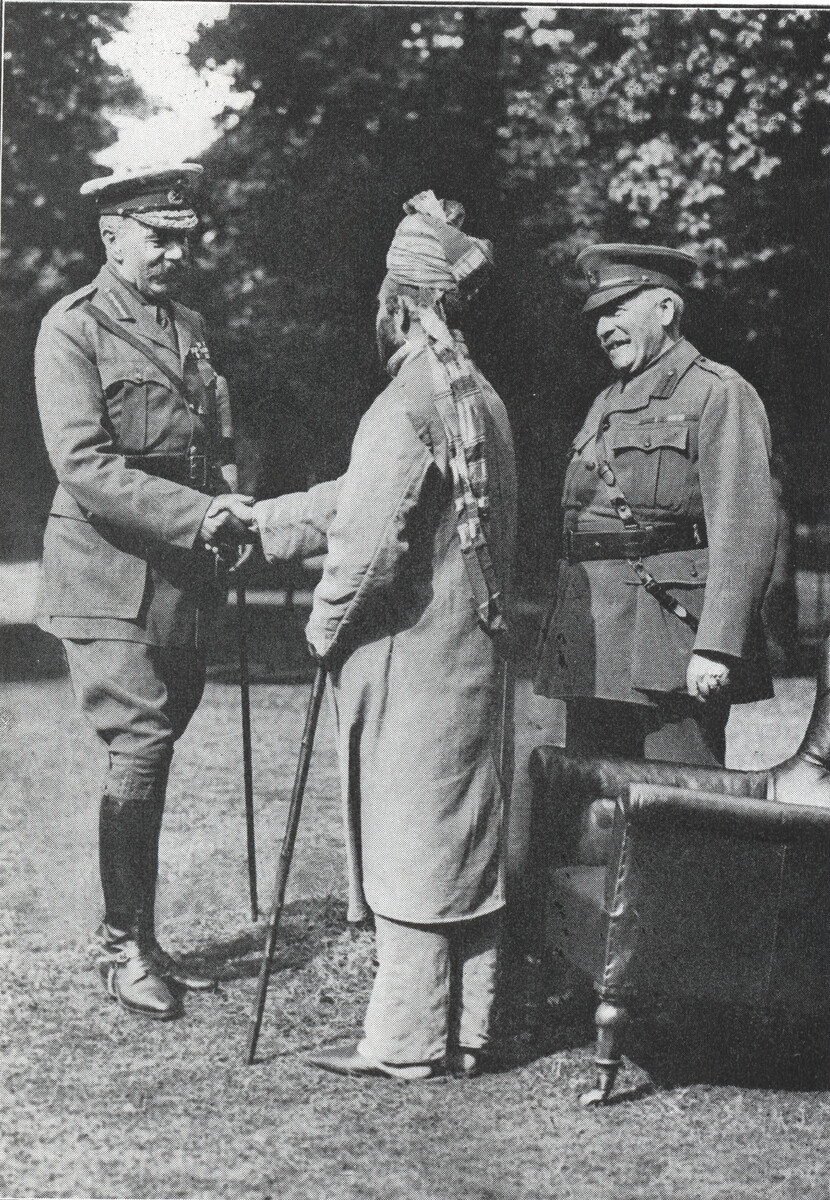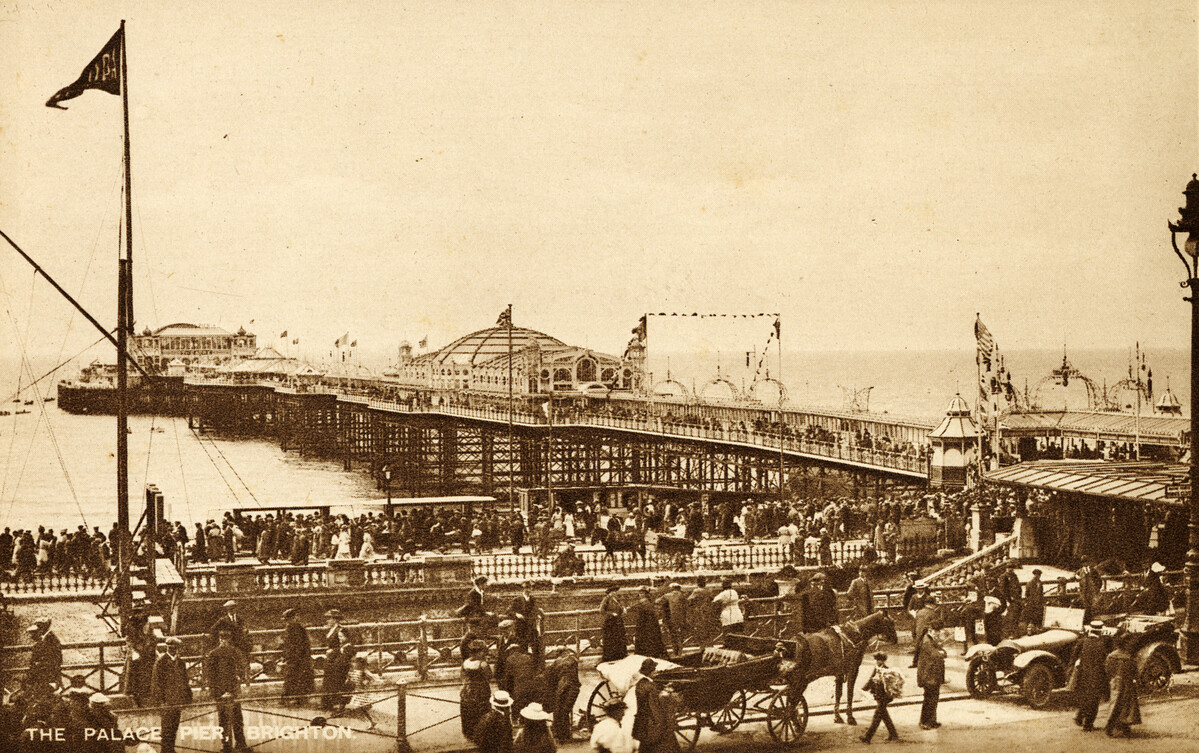A WW1 Indian hospital on Brighton Pier?

In November 1914, the decision was made to make Brighton a unique hospital town for Indian soldiers who had become sick or wounded on the Western Front.
The Royal Pavilion was the first building to be converted into a hospital. But was it the first choice of location?
The decision was made by Sir Walter Lawrence, a former India Office civil servant who had been appointed Commissioner for Sick and Wounded Indians in England and France by Lord Kitchener, the Secretary of State for War. Over the next few weeks, three Indian military hospitals opened in Brighton, the most famous of which was the Royal Pavilion.
Lawrence’s personal papers are now held at the British Library, and these provide a valuable insight into the decision making behind the hospitals. On 18 March 1915, a few months after his first visit to Brighton, Lawrence wrote to the Viceroy of India, Lord Hardinge, with an account of how he gained use of the Royal Pavilion:
‘I suggested to Lord Kitchener that… I should be allowed to take up two large hotels in Brighton. He gave me permission and on the 21st [November 1914] I went down to Brighton. I saw the local authorities there, and instead of taking up local hotels, which are unsuitable and costly, I secured from the Corporation of Brighton the buildings of the Pavilion and the Dome.’

But was Lawrence’s visit really so straightforward? In 1929 he published a memoir, The India We Served, which suggested that the local authorities took some time to understand the nature of his request.
‘When I reached Brighton the local authorities pointed out that hotels formed their chief industry, and offered me the racecourse and a pier. But I wanted something with a roof, and in one day I secured the Dome and Pavilion, a fine school, and the spacious Infirmary, which was known afterwards as the Kitchener Hospital.’
In his book, Lawrence praises the ‘generous and unselfish attitude of Brighton’, but this is hard to entirely reconcile with this passage. Given that Lawrence made his request in late November, the idea that sick and wounded Indian soldiers would be hospitalised on a structure exposed to winter wind and storms seems to be rather lacking in generosity.
Lawrence does not specify which pier was apparently offered, but I suspect this was never a very serious suggestion. There is no mention of the proposal in Lawrence’s surviving correspondence of the period, and he was full of praise for Brighton Corporation’s efforts, even though other military officials dismissed this in favour of promoting the myth that the Pavilion’s use had been initiated by King George V.

The pier suggestion also seems odd in that it was a vital part of the local economy. Brighton remained a popular seaside resort throughout the First World War, and the piers helped attract visitors to the town. By contrast, the Royal Pavilion was a much easier building to hand over to the military authorities. It was not the visitor attraction that we know today, but a civic building with no permanent or necessary purpose. Balls and civic functions were held there, the Red Drawing Room served as the Mayor of Brighton’s office, and local Freemasons occupied several rooms on the upper floor; but it was a quick and easy building to clear, with little impact on the town’s economy.
Whatever the truth of the matter, Brighton became a hospital town for over 12,000 Indian soldiers during 1915, and the Indian hospitals became a great source of local pride — and fascination. Many photographers and artists have become fascinated by the images of Indian men in the grounds of an exotic Mughal inspired palace. It is hard to imagine that one of Brighton’s piers would have had the same impact.
Kevin Bacon, Digital Development Officer